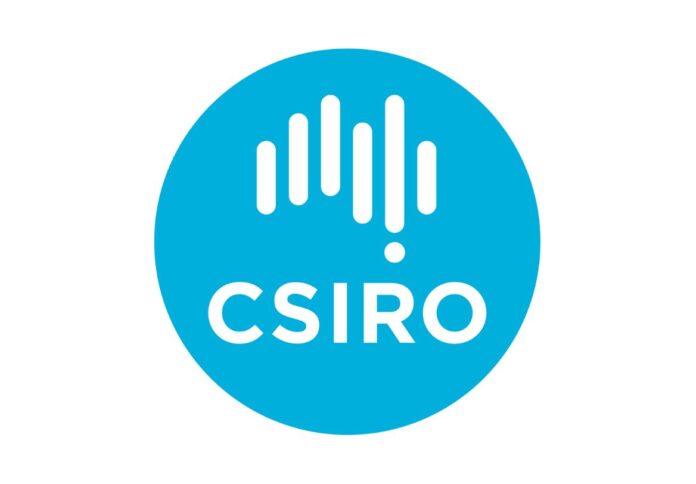
A recent study conducted by Australia’s national science agency CSIRO found that micro and nanoplastics are prevalent in the nation’s food supply, impacting agricultural systems and the environment.
In a news release, the agency said the study builds on earlier research that mainly monitored plastics in fish and is one of the first to assess the academic literature on microplastics from a food safety and food security risk perspective.
Findings show that a significant source of contamination is from the tools, gear, and plastic wrap used to handle, process, and package food.
Moreover, the research suggests that even while fresh food is initially plastic-free, by the time it is handled, packaged, and delivered to people, it may have been contaminated.
Over 10,000 additives contribute to the functional characteristics of plastic, such as its flexibility or resistance to UV rays, according to the study.
They include compounds such as flame retardants, heavy metals, phthalates and hardeners, among others.
These substances, however, have the potential to leak into the environment and contaminate Australia’s food supply.
The latest study also investigates biosolids as a possible source of microplastics on farmland.
It found that during a typical six-kilogramme washing cycle, synthetic clothing sheds around 700,000 microfibers.
On a positive note, when the water from our laundries reaches nearby wastewater treatment plants, sludge traps more than 90 per cent of those synthetic fibres.
The amount of plastic varies in the treated sludge material known as biosolids, which are regarded as rich fertilisers for cultivating crops and agricultural land.
The study further noted that plastics may build in soil treated with biosolids and alter the soil’s structure, and it may eventually influence how effectively crops develop.
To date, CSIRO said there are no conclusive studies available that demonstrate that micro and nanoplastics in the environment are detrimental to people.
To comprehend any health implications better, more study is required, the agency said, and understanding how many particles humans are routinely exposed to and at what concentrations these become harmful is very crucial.




















